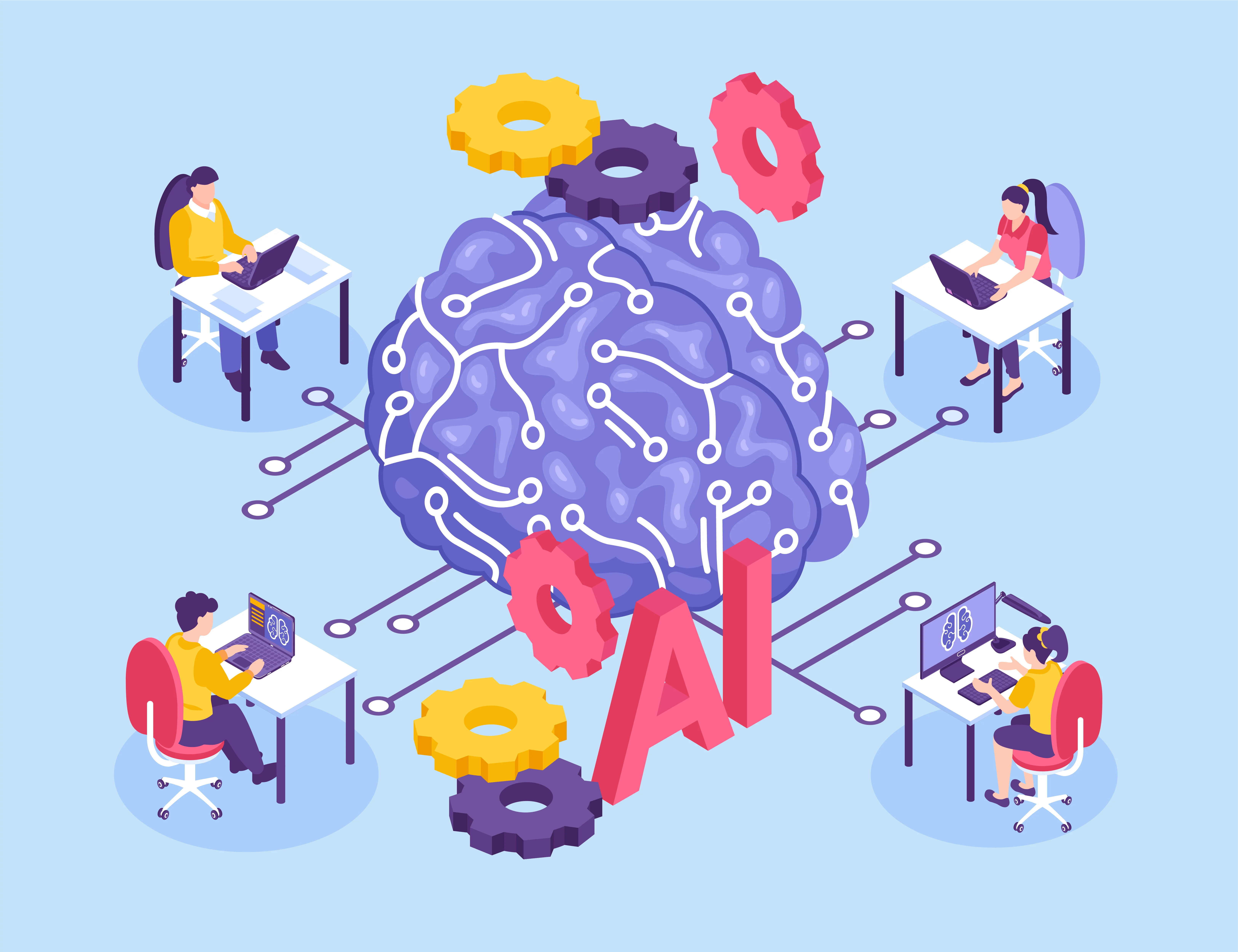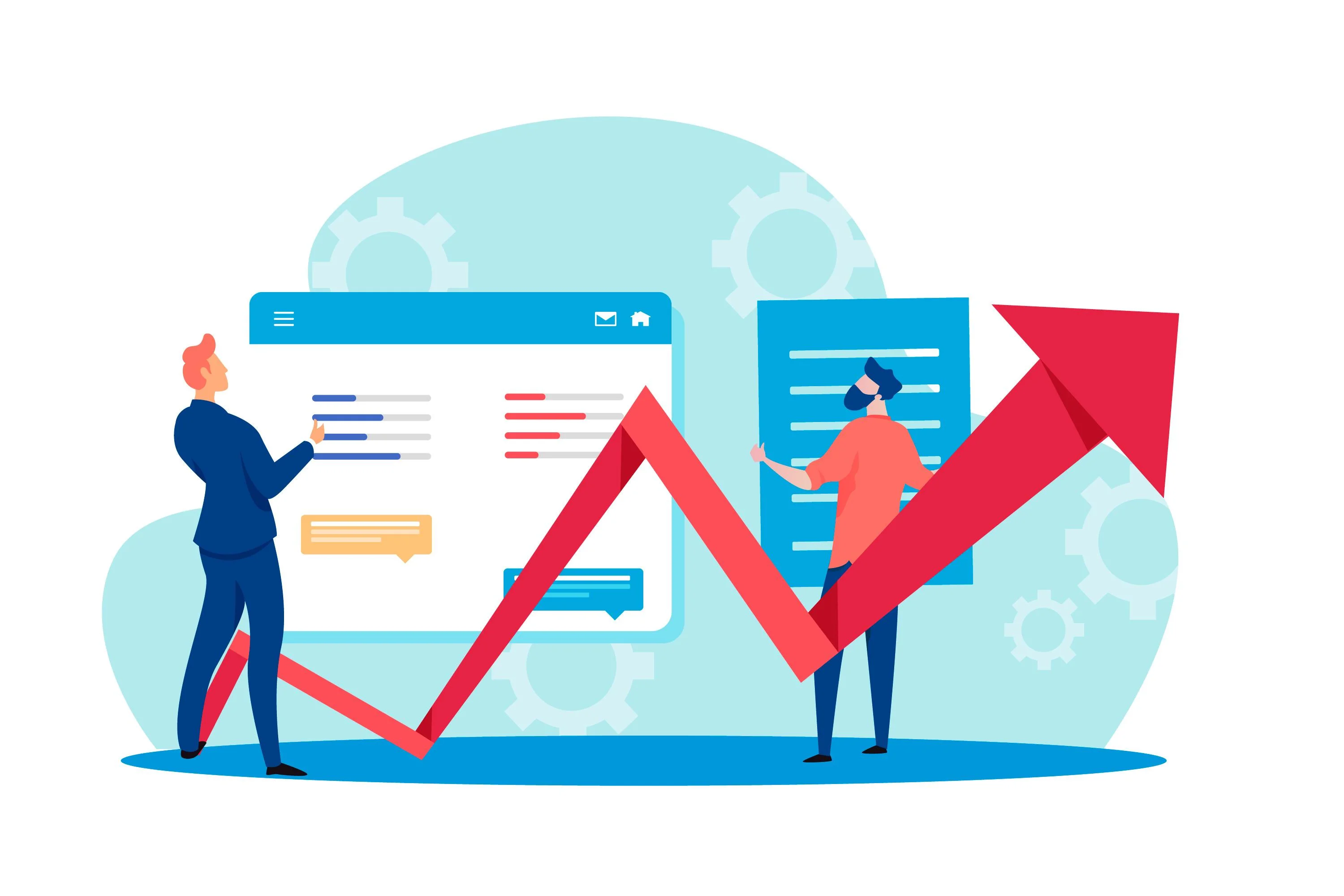In the fast-paced digital world, software development is a pivotal force driving technology and business forward. From AI and IoT to groundbreaking software solutions, industries are witnessing unparalleled transformations, elevating user experiences. As we approach 2023-2024, understanding the foremost influential software development trends becomes crucial, as they promise to reshape technology and spur innovation. This article delves into the ten most influential trends set to revolutionise the tech industry, offering substantial advantages to individuals and businesses in this ever-evolving landscape.
What is Influential Software?
Influential Software refers to innovative and groundbreaking technologies and applications that have a profound impact on society, industries, and the way we live and work. These software solutions often disrupt traditional practices, streamline processes, and create new possibilities for human advancement. Influential software development trends pave the way for new opportunities, improve efficiency, and push the boundaries of what is possible in various domains.
Benefits of Influential Software
-
Enhanced User Experience: Influential software trends focus on delivering seamless, intuitive, and personalised user experiences, leading to increased customer satisfaction and loyalty.
-
Increased Efficiency: Adopting influential software solutions helps streamline operations, automate repetitive tasks, and optimise workflows, resulting in higher productivity and reduced costs.
-
Competitive Advantage: Companies embracing influential software trends gain a competitive edge by staying ahead of the curve and offering unique features that attract customers and clients.
-
Business Growth: With improved efficiency, user satisfaction, and innovation, businesses can experience accelerated growth and expansion into new markets.
-
Technological Advancement: Influential software development trends drive the evolution of technology, fostering a culture of continuous innovation and advancement.
-
Social Impact: Many influential software trends contribute to solving critical global challenges, such as healthcare, sustainability, and education, making a positive impact on society.
10 Most Influential Software Development Trends for 2023-2024
-
Artificial Intelligence (AI) and Machine Learning (ML)
AI and ML continue leading software development trends, fueling intelligent automation, predictive analytics, and personalised user experiences. Anticipate further advancements in AI-powered applications in 2023-2024, revolutionising industries such as healthcare, finance, and transportation and unlocking new possibilities for improved efficiency and innovation.
 https://www.freepik.com/free-vector/isometric-neural-network-programmer-illustration_39094555.htm
https://www.freepik.com/free-vector/isometric-neural-network-programmer-illustration_39094555.htm -
Extended Reality (XR)
Extended Reality (XR), including VR, AR, and MR, is poised to revolutionise sectors like entertainment, gaming, education, and training. In 2023-2024, anticipate XR to offer immersive experiences and practical applications in remote collaboration and virtual tourism, providing new avenues for interactive engagement and enhanced user experiences. -
Edge Computing
Edge computing decentralises data processing and storage, bringing computing resources closer to the data source. This reduces latency and enhances performance, making it ideal for real-time data analysis in applications like autonomous vehicles and Internet of Things (IoT) devices. In 2023-2024, expect edge computing to gain more prominence as industries seek efficient and faster data processing solutions for their increasingly data-intensive operations. -
Blockchain Technology
Blockchain’s secure and decentralised nature revolutionises industries like finance, supply chain, and healthcare. Anticipate blockchain applications to advance in 2023-2024, offering enhanced transparency, security, and traceability. With its immutable and tamper-resistant ledger, blockchain technology will continue to disrupt traditional practices, leading to increased efficiency and trust in various sectors while driving innovation and transformative solutions for businesses and consumers alike. -
Low-Code/No-Code Development
Low-code/no-code platforms democratise software development, empowering both developers and non-developers to create applications with minimal coding. This trend fosters faster prototyping and deployment, revolutionising the development process and making it accessible to a broader audience. In 2023-2024, expect increased adoption of these platforms, driving innovation and accelerating the creation of innovative software solutions across various industries. -
Quantum Computing
In 2023-2024, quantum computing’s immense processing power is set to revolutionise fields like cryptography, drug discovery, and weather forecasting. Expect significant advancements in this transformative technology, pushing the boundaries of computation and accelerating progress in diverse domains. Quantum computing will open new avenues for solving complex problems and driving practical applications in various industries. -
Cybersecurity Solutions
With digital threats becoming more advanced, cybersecurity remains paramount. In 2023-2024, influential software development trends will emphasise robust security measures, leveraging AI-driven threat detection and zero-trust architecture. This proactive approach aims to safeguard systems and data, bolstering resilience against evolving cyber threats and ensuring a secure digital environment for businesses and individuals. -
Progressive Web Apps (PWAs)
PWAs merge the strengths of web and mobile apps, providing users with fast, reliable, and engaging experiences. As adoption grows, PWAs will blur the boundaries between web and mobile development, offering seamless and responsive interactions across various devices, enhancing user experiences, and simplifying the app development landscape. -
DevSecOps
DevSecOps integrates security practices throughout the software development lifecycle, making security a fundamental aspect of the process. This trend will gain prominence as organisations increasingly prioritise security and compliance in their development practices. By embedding security early on, DevSecOps aims to build resilient software systems and protect against potential vulnerabilities, safeguarding sensitive data and ensuring a secure digital environment. -
Cloud-Native Architecture
In 2023-2024, cloud-native architecture will leverage cloud-based services and microservices, delivering scalability and flexibility. With an increasing number of applications adopting these principles, businesses can achieve rapid deployment, optimised resource utilisation, and enhanced performance. This trend drives innovation, enabling businesses to meet evolving demands and ensure seamless user experiences across platforms and devices.
Conclusion
In the dynamic digital landscape, software development remains crucial in shaping technology and business. AI, IoT, and other innovations transform industries and user experiences. Understanding influential software development trends for 2023-2024 is essential as they reshape technology and drive innovation across various domains, shaping the future of technology and business.
From the revolutionary potential of quantum computing to the transformative applications of blockchain technology, the software development trends of the future hold immense promise. Edge computing offers real-time data analysis opportunities, while low-code/no-code platforms democratise application development. Cloud-native architecture and DevSecOps prioritise scalability and security in the digital age.
Stay ahead with the Sanmark newsletter, providing informative articles on groundbreaking trends. Stay informed, inspired, and join the tech revolution! Get exciting updates and profound insights into the ever-changing world of software development. Subscribe now for a dose of tech knowledge!
Feature image sources: https://www.freepik.com/free-vector/stock-market-analysis_9181564.htm#
